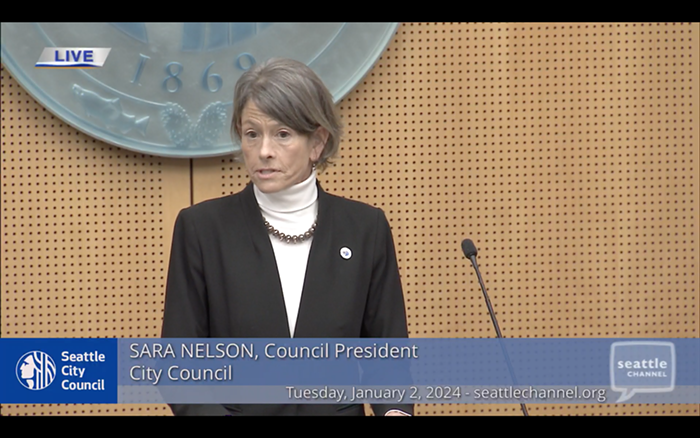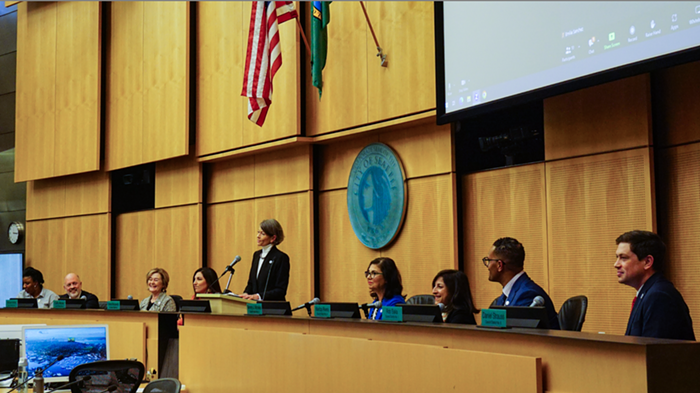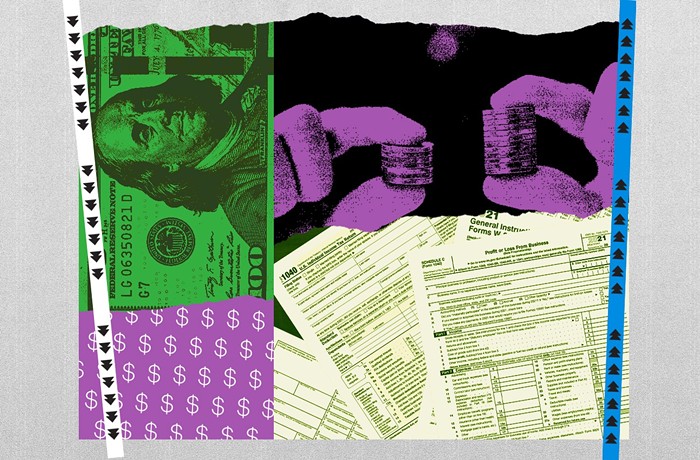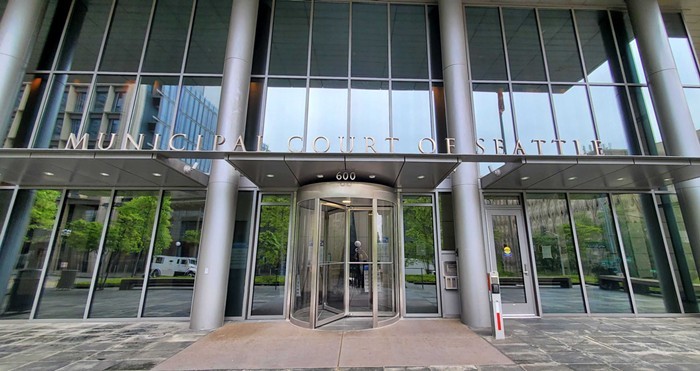
It's Fridaaaaaaay! Which means something significant and not-so-great-looking-for-the-Washington-State-Department-of-Transportation happened, and they're choosing to deliver that news when everyone is already spaced out and anticipating their Saturday morning hangovers.
Remember the pipe? You know the one. It was the one Bertha ran into, the one WSDOT left in the ground and identified in contract documents. (In December of 2013, the world's largest tunnel-boring machine got stuck beneath Seattle for more than a year after it hit an eight-inch-wide steel pipe. Technically, a steel well casing.) Today, on a late Friday afternoon, WSDOT announced that the three-member dispute review board chosen by WSDOT and its contractor, Seattle Tunnel Partners, had sided with the contractor over the incident: The pipe, even though it was in the contract documents, constituted a "differing site condition."
So the panel's recommendation is that the matter is the state's fault.
Here's why. "The board determined that the well casing was clearly identified in contract documents, but that the contract documents did not clearly identify that the casing was made of steel," WSDOT wrote in its update.
Here's a gleeful-sounding STP project manager Chris Dixon, or about as gleeful-sounding as he gets:
Seattle Tunnel Partners position was that the presence of the eight-inch diameter steel casing constituted a differing site condition under our contract with WSDOT. The Dispute Review Board’s recommendation supports and upholds Seattle Tunnel Partners’ position and represents one step in the prescribed process for resolving disputes under the contract. Seattle Tunnel Partners agrees with the recommendation. Seattle Tunnel Partners has advised WSDOT that Seattle Tunnel Partners has accepted the recommendation and considers this issue to be resolved.
And here's a not-so-gleeful-sounding WSDOT program administrator Todd Trepanier explaining the state's position:
It’s important to emphasize the specific question before the Dispute Review Board was narrow in scope and only addressed one issue: whether an existing eight-inch steel well-casing is a ‘differing site condition’ under the terms of the SR 99 tunnel contract. The hearing and subsequent recommendation did not deal with how the tunneling machine was damaged or the costs associated with repairs. The process of resolving disputes can be complicated and must follow the contract. WSDOT disagrees with the recommendation and does not consider this issue to be resolved. We are concerned with the reasoning used by the Dispute Review Board in reaching the recommendation. We are reviewing it and will continue to pursue the best interests of taxpayers as we determine the appropriate next steps.
Contrary to what STP's Dixon said, Trepanier is right: This is not at all resolved. STP says problems caused by the pipe cost some $125 million. But the DRB's decision isn't legally binding, and now the state and STP have to hash out who owes the money (which will maybe cost a lot of money in lawsuits) and how much.
Earlier this year, a state panel found that the project wouldn't overrun its budget. Riiiiight.


















